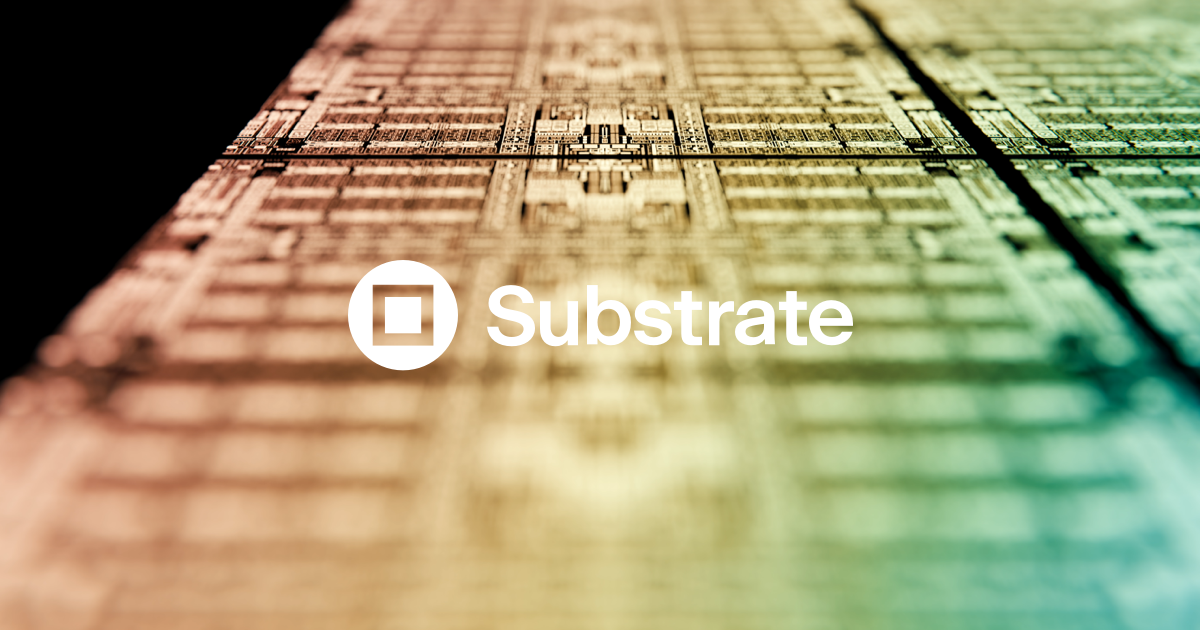O
osnium
Guest
In March, James Proud, an unassuming British-born American without a college degree, sat in Vice President JD Vance’s office and explained how his Silicon Valley start-up, Substrate, had developed an alternative manufacturing process for semiconductors, one of the most fundamental and difficult challenges in tech.
For the past decade, semiconductors have been manufactured by a school-bus-size machine that uses light to etch patterns onto silicon wafers inside sterile, $25 billion factories. The machine, from the Dutch company ASML, is so critical to the chips in smartphones, A.I. systems and weaponry that Washington has effectively blocked sales of it to China.
But Mr. Proud said his company, which has received more than $100 million from investors, had developed a solution that would cut the manufacturing cost in half by channeling light from a giant instrument known as a particle accelerator through a tool the size of a car. The technique had allowed Substrate to print a high-resolution microchip layer comparable to images produced by the world’s leading semiconductor plants.


